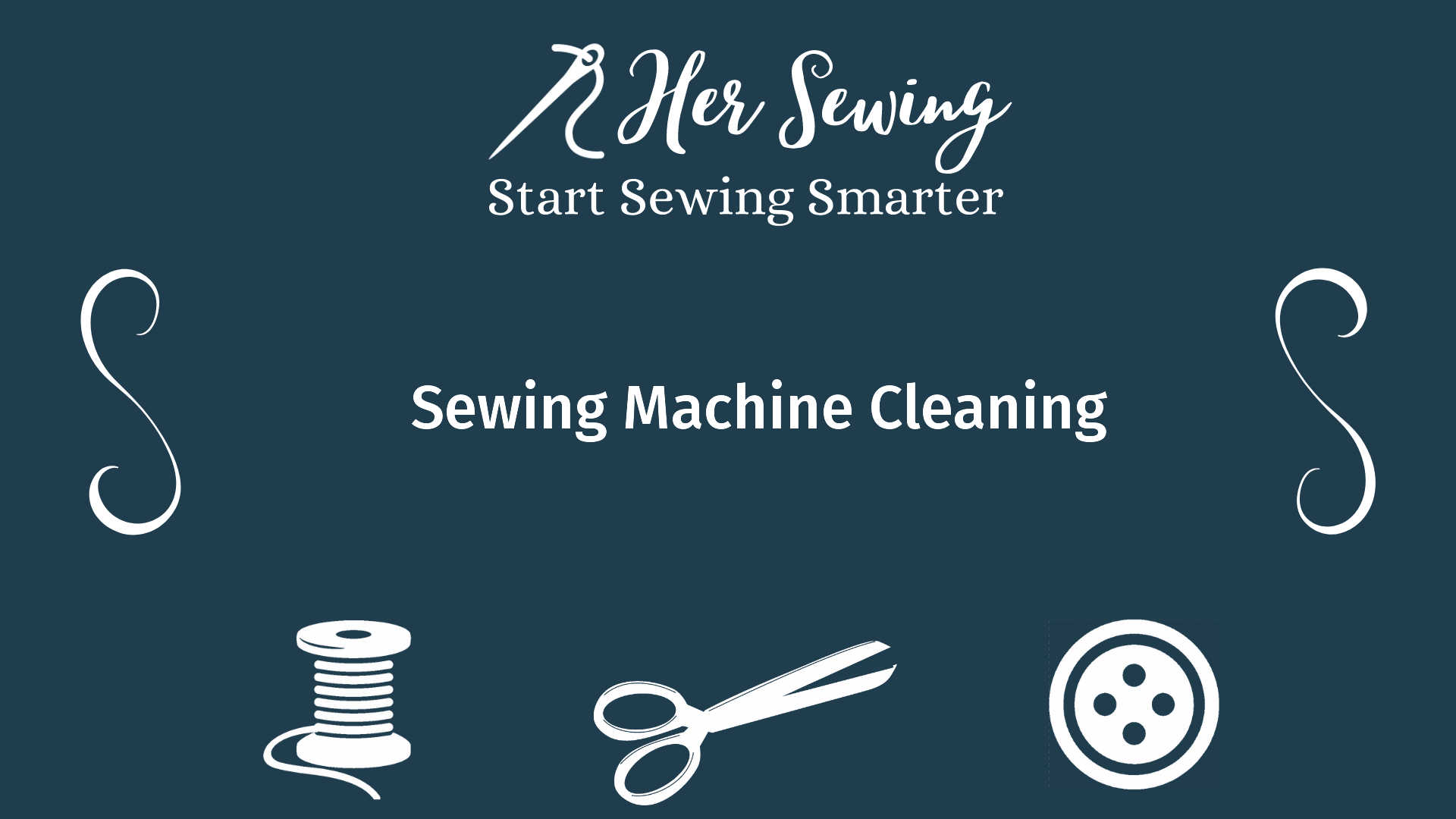Cleaning of sewing machines
Comments
Step #1: Read the operating instructions of your sewing machine
Before you get started, it is important that you read the operating instructions for your sewing machine thoroughly. Often it contains specific cleaning tips that can be helpful for your project. The manual also points out things that you should avoid at all costs.
Step #2: Take the sewing machine apart
To clean the sewing machine thoroughly, it is necessary to disassemble it into its individual parts. Only then will you have the opportunity to thoroughly clean all parts. Important: Only disassemble the sewing machine if you know exactly what you are doing. If you are unsure, you can have the (dis)assembly of your sewing machine explained to you in a specialist shop. They will certainly be happy to help you.
Tip! Take several pictures of the sewing machine beforehand to see afterwards where which part was sitting. Small notes can also help with assembly.
How it works
The individual parts of the sewing machine are removed in this order:
- Gripper cover
- Throat plate
- Coil holder
- Presser Foot
- Needle
Some sewing machines are used with a special tool with which you can take them apart. Be sure to use the tool as described in the instruction manual.
Step #3: Clean the individual parts
Now the main part of the work begins: the sewing machine (or rather its individual parts) must be thoroughly cleaned. The best way to do this is as follows:
By the way, it is a misconception that sewing machines only need cleaning if they are used frequently. Especially the machines, which often stand unused in the corner, have an extreme tendency to gather dust. Therefore, always clean such a machine before you use it again.
Step #4: Oil the sewing machine if necessary
Once the sewing machine has been disassembled into its individual parts and cleaned, it is always advisable to oil it immediately. Using a special oil prevents the sewing machine from creaking over time.
This must be observed when oiling:
- Put a drop of oil on the needle bar and a drop of oil in the middle of the hook track (too much oil is harmful to the sewing machine)
- Only use sewing machine oil and no cooking oil
- Only oil the sewing machine when it is absolutely free of dust and dirt
Tip! After oiling, check whether there are any excess oil drops somewhere. These could possibly ruin materials and must therefore be removed.
Advantages and disadvantages of cleaning a sewing machine
- longer durability of the sewing machine
- little effort
- Sewing is more fun with an intact model
- some parts are difficult to reach
Step #5: Assemble the sewing machine
After the sewing machine has been cleaned and oiled, it can be reassembled. Follow the same procedure as step #2, but in reverse order. Exercise extreme caution and ensure that each part is in the correct position. Use the photos and notes you may have taken earlier to help you.
Tip! After reassembling, do a trial run by using a piece of fabric and placing a few stitches on it. This way you can quickly determine whether everything works again.
Loading...
How often you clean your sewing machine is up to you. Please note, however, that once a year is not enough. Even though disassembling and reassembling may be laborious, it is worth it. Sewing machines have been proven to last longer if they are cleaned regularly.






